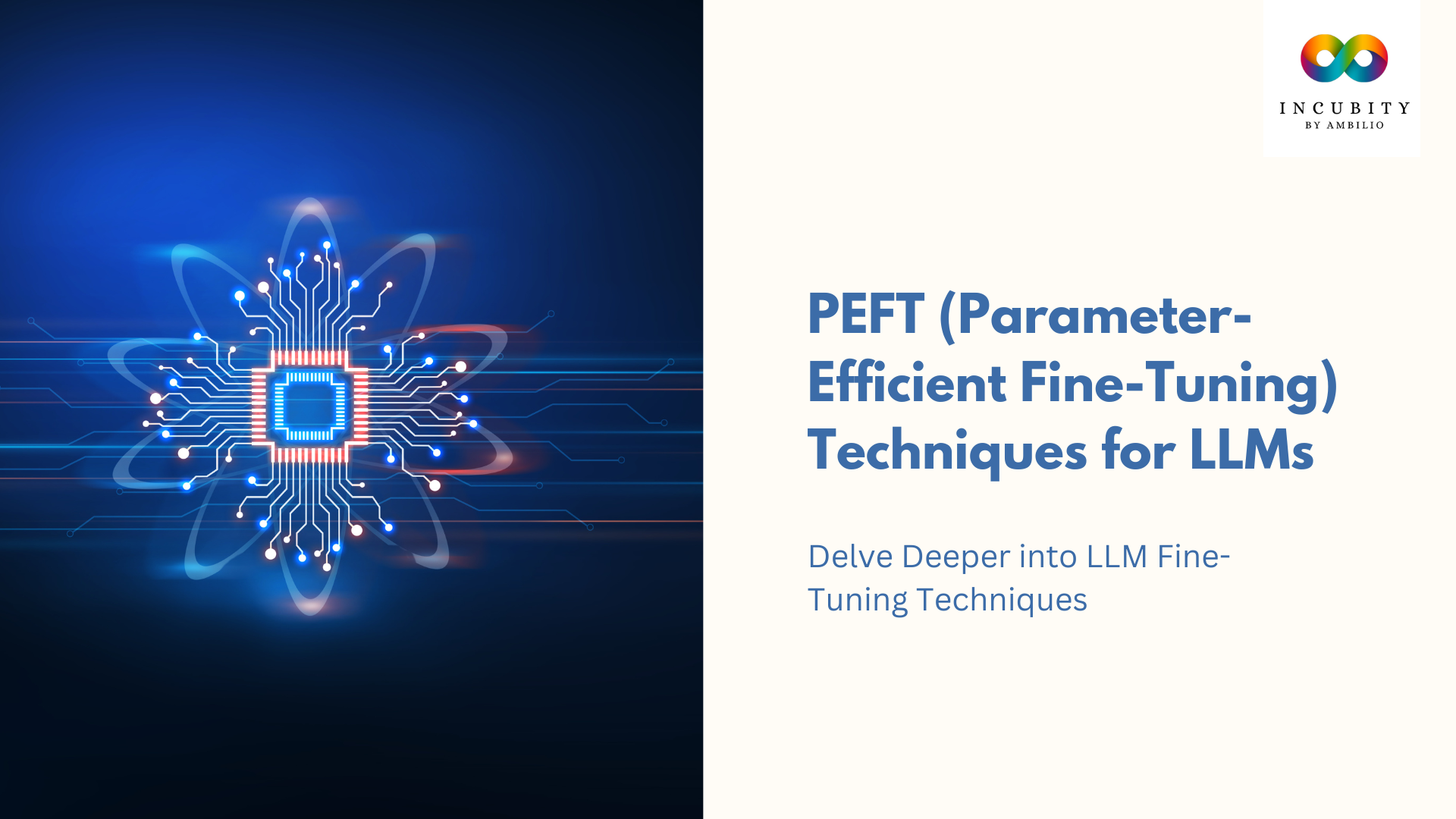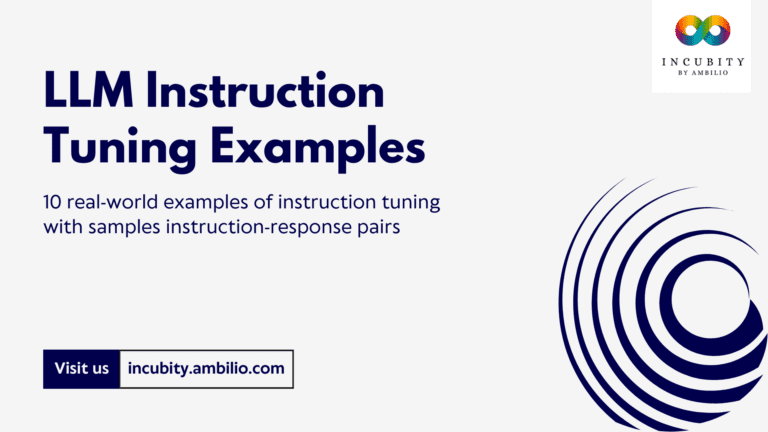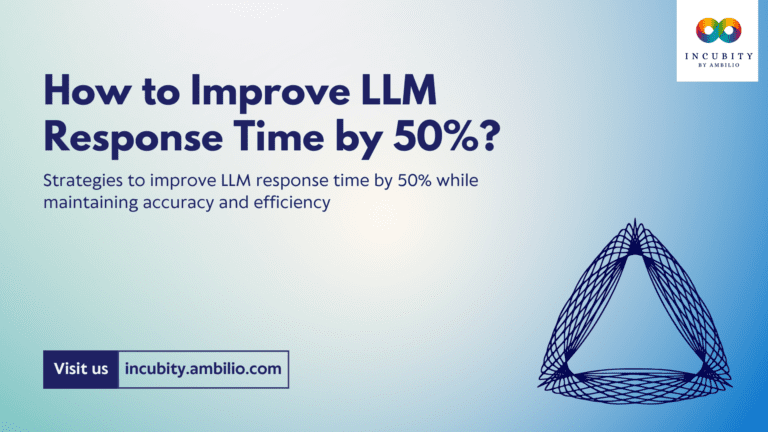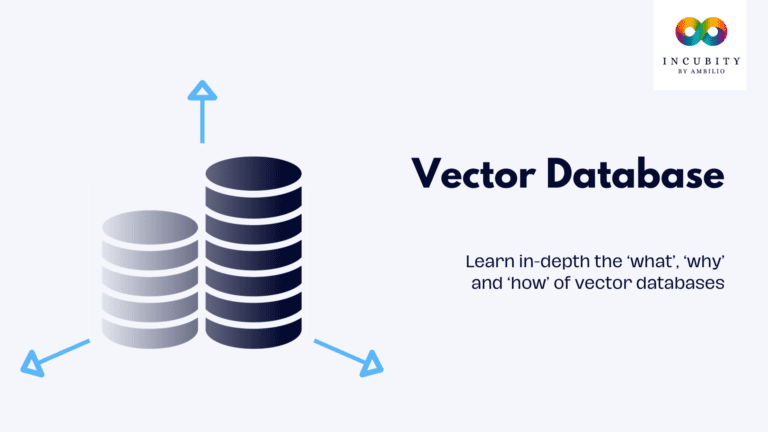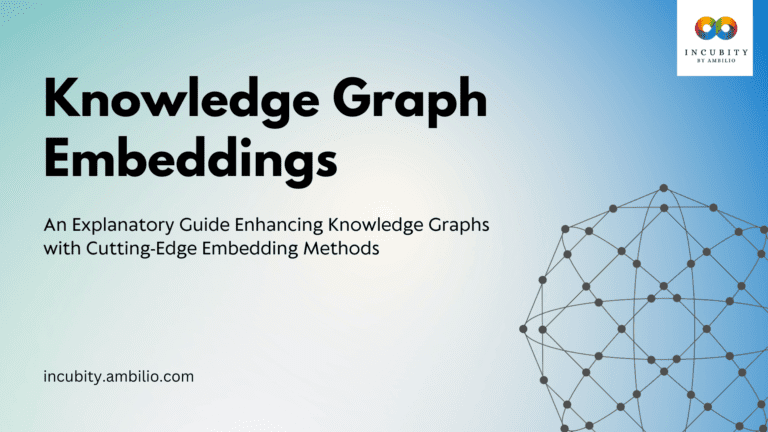Large language models (LLMs) like GPT-4, LLaMA, Mistral, etc. are revolutionizing text generation, translation, and other NLP tasks. However, their massive size poses a significant challenge: fine-tuning them to specific tasks can be prohibitively expensive and computationally demanding. This is where Parameter-Efficient Fine-Tuning (PEFT) techniques come in, allowing us to harness the power of LLMs while addressing their resource limitations. Lets take a close look at the PEFT Techniques for LLMs in this article.
Why PEFT?
Imagine trying to sculpt a delicate figurine with a sledgehammer. Fine-tuning a massive LLM with all its billions of parameters is akin to that. We want to make subtle adjustments for specific tasks, not completely overhaul the entire structure. PEFT offers a scalpel-like approach, achieving remarkable results with minimal changes.
Here’s what makes PEFT so valuable:
- Reduced computational cost: Fine-tuning fewer parameters translates to less training time, lower energy consumption, and ultimately, cost savings. This makes LLMs accessible to a wider range of users and applications.
- Improved efficiency on small datasets: Many interesting tasks don’t have vast amounts of training data. PEFT excels in such scenarios, requiring less data to achieve good performance.
- Easier deployment and inference: Smaller models are easier to deploy on devices with limited resources, opening up possibilities for mobile and edge computing applications.
Exploring the Toolbox: Different PEFT Techniques for LLMs
Now, let’s delve into the specific techniques that make PEFT tick:
1. Low-Rank Adaptation (LoRA):
LoRA, or Low-Rank Adaptation, revolutionizes fine-tuning for large language models (LLMs) by introducing small, trainable adapters into each layer of pre-trained models. These adapters, essentially low-rank matrices, capture task-specific information crucial for fine-tuning without requiring retraining of the entire LLM. This approach significantly reduces memory usage and training time, making it feasible for resource-constrained environments.
Benefits:
- Adapts pre-trained LLMs by incorporating small, trainable adapters.
- Adapters capture task-specific information.
- Reduces memory usage and training time.
- Enables fine-tuning without retraining the entire model.
2. Quantized Low-Rank Adaptation (QLoRA):
QLoRA, or Quantized Low-Rank Adaptation, builds upon LoRA’s efficiency by integrating quantization techniques. Quantization reduces the precision of the model’s weights, typically from 32-bit floats to lower precision formats like 4-bit integers. This compression further diminishes the model’s size, resulting in even lower memory demands and faster computations. Despite the reduction in precision, QLoRA maintains good accuracy due to LoRA’s adaptation mechanism.
Benefits:
- Integrates quantization into LoRA framework.
- Reduces weight precision, typically from 32-bit to lower formats.
- Shrinks model size significantly.
- Maintains good accuracy through LoRA’s adaptation mechanism.
3. Prompt Tuning:
Think of prompts as gentle nudges guiding the LLM towards the desired output. Prompt tuning leverages “soft prompts,” trainable embeddings added to the input text. These prompts subtly influence the LLM’s internal calculations, steering it towards task-specific responses.
Benefits:
- Minimal changes to the LLM itself, making it less intrusive.
- Efficient for few-shot learning with scarce data.
- Offers interpretability: analyze the learned prompts to understand the model’s reasoning.
4. ReZero and Low-Precision Quantization:
These techniques focus on making the LLM itself leaner. ReZero dynamically sparsifies weights by setting insignificant ones to zero, reducing memory footprint. Low-precision quantization further shrinks the model size by using lower-precision data formats (e.g., 16-bit instead of 32-bit).
Benefits:
- Significantly reduces memory consumption for faster inference.
- Can be combined with other PEFT techniques for even greater efficiency gains.
5. Hybrid Approaches:
Innovation doesn’t exist in silos. Hybrid PEFT techniques combine elements of different methods, like using LoRA adapters with soft prompts. This allows for even more nuanced and effective fine-tuning, tailoring the approach to specific needs.
PEFT vs. Full Fine-Tuning: A Balancing Act
Full fine-tuning involves adjusting all the parameters of an LLM for a specific task. While it can achieve excellent results, it comes at the cost of high computational demands and potential overfitting on limited data. PEFT, on the other hand, strikes a balance:
| Feature | Full Fine-Tuning | PEFT |
|---|---|---|
| Parameter updates | All | Few (adapters, prompts, etc.) |
| Computational cost | High | Low |
| Data requirements | High | Low |
| Overfitting risk | High | Low |
| Interpretability | Limited | High (for soft prompts) |
| Deployment ease | Difficult | Easy |
Choosing between PEFT and full fine-tuning depends on your specific needs and resources. If you prioritize computational efficiency, smaller models, and interpretability, PEFT is the clear winner.
The Future of PEFT: Beyond Efficiency
PEFT is rapidly evolving, with researchers exploring new frontiers:
- Lifelong learning: Enabling LLMs to continuously adapt to new tasks without forgetting previous ones.
- Task-aware PEFT: Developing personalized PEFT methods for specific task categories.
- Federated learning: Securely fine-tuning LLMs across decentralized devices for improved privacy and resource sharing.
PEFT is paving the way for a more accessible and sustainable future for LLMs. By minimizing resource requirements and maximizing efficiency, PEFT brings the power of these models to a wider range of applications
Concluding Remarks
As we stand on the precipice of a future where language models dance between our devices and imaginations, PEFT techniques for LLMs offer a nimble pirouette. They unlock LLMs not just as behemoths of brute force, but as adaptable companions, whispering insights and crafting realities with a touch of digital finesse. By learning their secrets, we empower ourselves to shape the symphony of language, note by efficient note, towards a future where LLMs and humans dance in perfect harmony.

